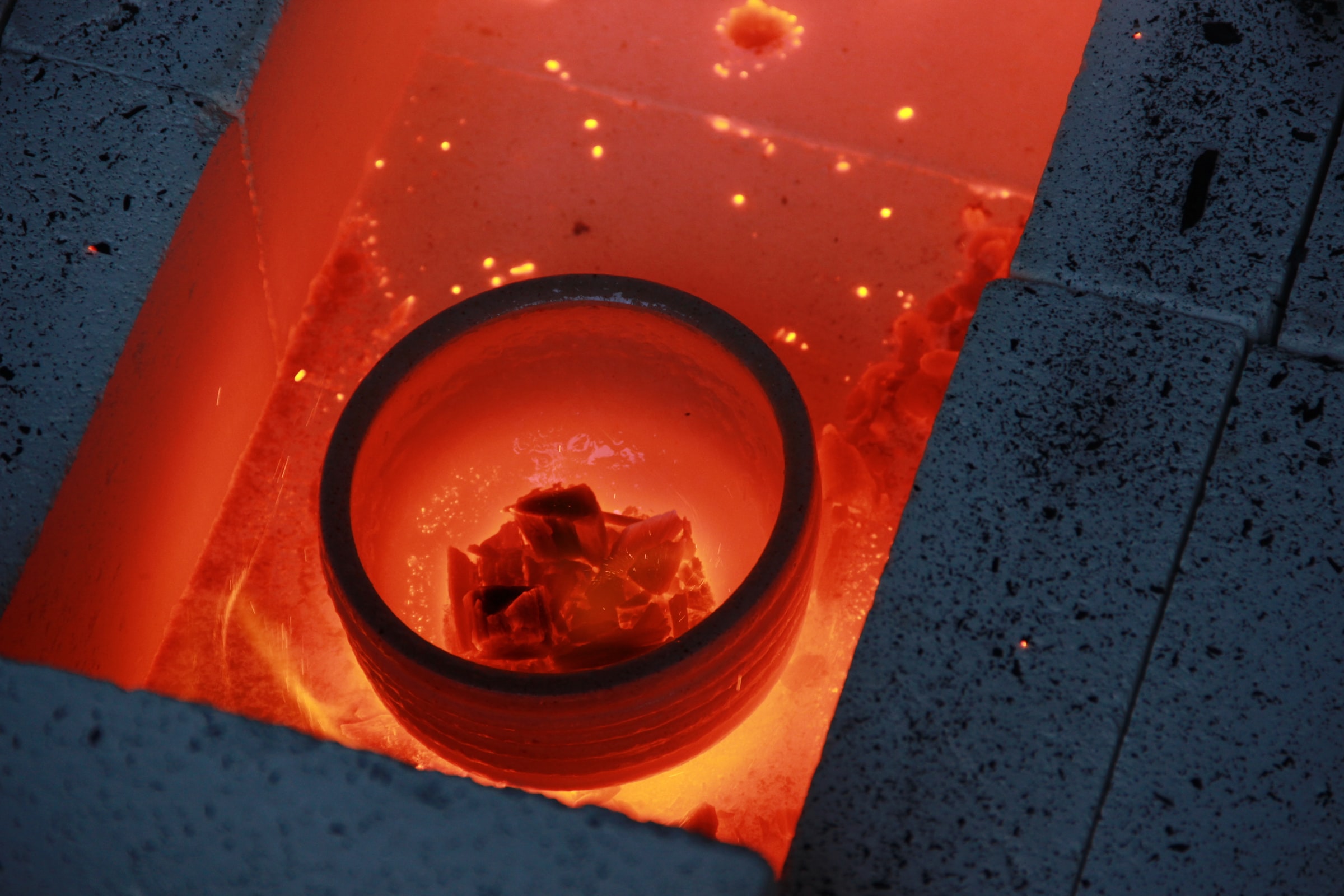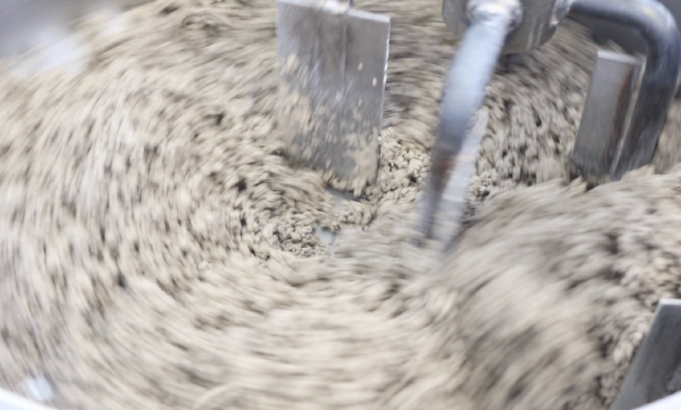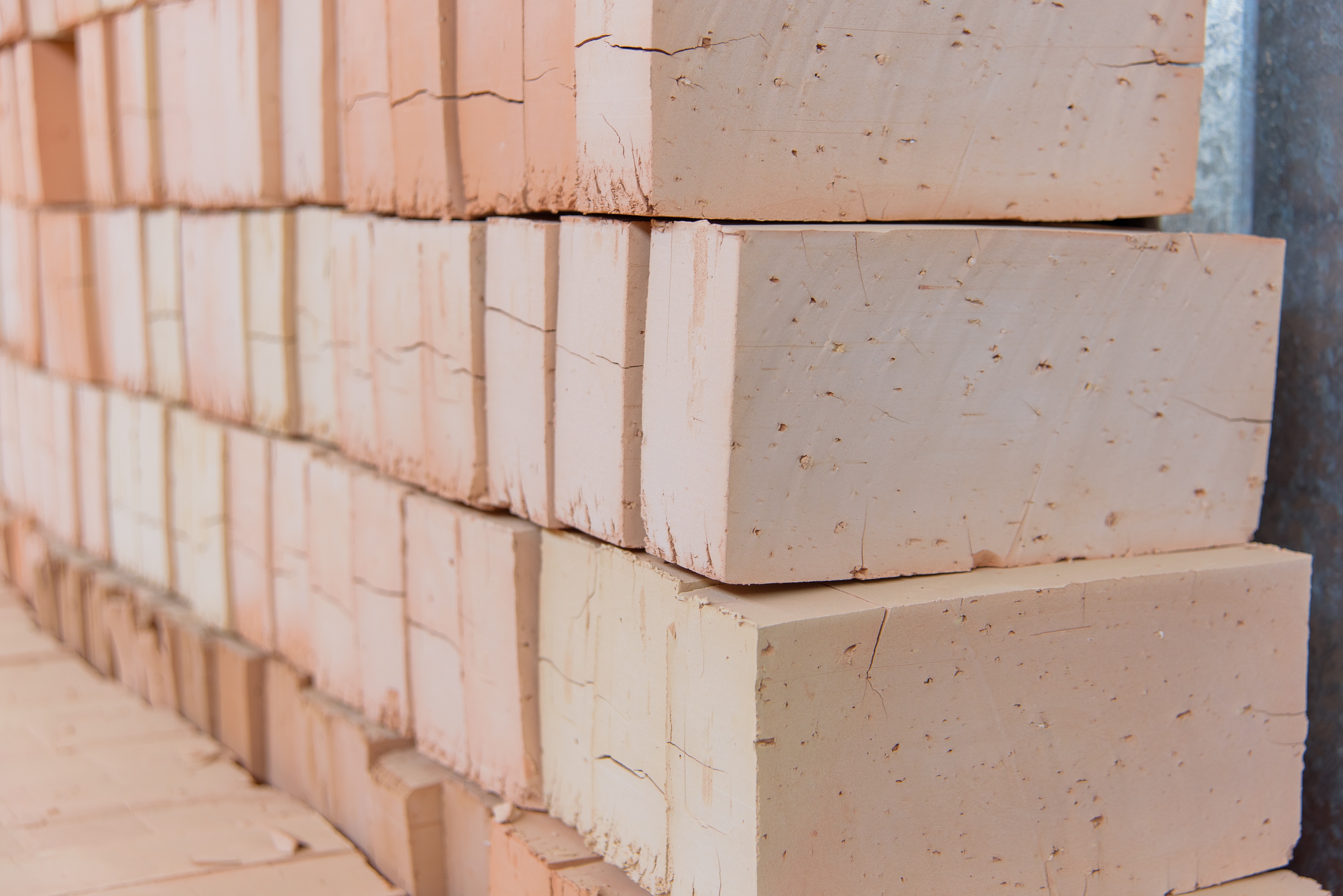For the most part, refractories are named basic, high alumina or silica, fireclay and insultaing. There are additionally classes of what are called "especial refractories" which incorporate Silicon Carbide, Silicon Nitride, Graphite, Zircon, Zirconia, fused cast and a few others. Most refractories are provided as preformed shapes. Although they are also produced as particular purpose clays, bonding mortars and monolithics like castables, plastic refractories, ramming mixes and gunning blends. Indeed, numerous refractories materials have been developed explicitly to meet the conditions of a specific procedure. The trademark properties of every refractory class are a component of both their raw material base and the techniques used to make the refractory items.
Jack Pongdet
Recent posts
What characteristics should binders for shaped refractories have?
By Jack Pongdet 12-Mar-2020 13:50:52
Temaer: Refractory
Like any other sector, the refractory industry is developing to become more environmentally conscious. New efforts and technologies are driving this mentality in the sector. However, there is always room for improvement. We are going to go over some of the major technology improvements in the refractory industry.
Temaer: Refractory
Monolithic refractories have developed over the years to become what they are today. This technical blog post will talk specifically about castables, gunning mixes and dry vibratables and how they have evolved.
Temaer: Refractory
Refractory materials are fabricated in two forms: shaped and unshaped (monolithic) refractories. Shaped refractories include fired and unfired materials with predetermined shapes, precast shapes and fusion cast refractories. Monolithic materials include plastic mixes, castables, ramming materials, dry vibratable, gunning materials, fettling materials, coatings and mortars. Monolithic materials differ from refractory bricks in that they are not shaped and fired before use. These materials do not have high energy requirements, are more readily available, take shorter times to install, can be repaired locally and require less manpower.
Temaer: Refractory
How to select the perfect binder for shaped refractory bricks manufacturing
By Jack Pongdet 03-Aug-2017 07:31:00
Generally, refractories are classified as basic, high alumina/silica, fireclay and insulating. There are also classes of “special refractories” which include Silicon Carbide, Silicon Nitride, Graphite, Zircon, Zirconia, fused cast and several others. Most refractory materials are supplied as preformed shapes. However, they also are manufactured in the form of special purpose clays, bonding mortars and monolithic such as castable, plastic refractories, ramming mixes and gunning mixes. In fact, many refractories materials have been developed specifically to meet the service conditions of a particular process. The characteristic properties of each refractory class are a function of both their raw material base and the methods used to manufacture the refractory products.
Temaer: Structural, Refractory
How to reduce breakage and rejection in the manufacturing of bricks and rooftiles
By Jack Pongdet 06-Jul-2017 07:30:00
Breakage and rejection are two of the most common problems in ceramic manufacturing processes and It can come from a wide range of issues. Most ceramic manufacturers try to reduce their breakage and rejection as low as possible because small defect in a ceramic product can devalue the product by more than 50% or even mean a loss for a premium grade producer.
Temaer: Structural








